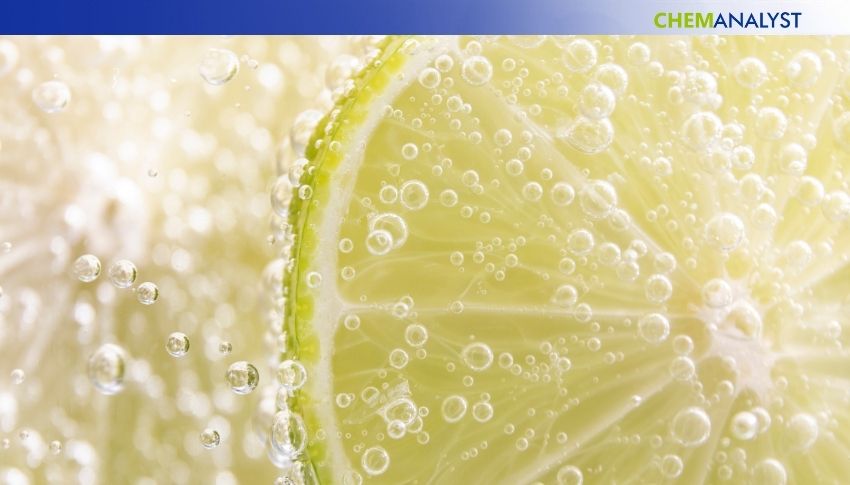Welcome To ChemAnalyst

Citric acid's crucial role in food, pharma, cosmetics, and biofuels drove a significant price surge in June 2025. Chinese production shutdowns and Middle East geopolitical tensions tightened supply, pushing prices to historic highs globally. This highlights citric acid's indispensable nature and resilience amid economic shifts.
With global industries moving towards bio-solutions and sustainability, citric acid has emerged as the top keystone ingredient, driving food preservation, pharma, cosmetics, and even the biofuel industry. In June of 2025, the market for citric acid saw a significant price jump, highlighting the increasing strategic value of the compound in the world supply chain.
In June 2025, prices of citric acid recorded a steady, though modest, rise across major markets, with China as the central focus. The Chinese market saw sharp and persistent price increases, which were largely fueled by a series of maintenance shutdowns at major producers. The outages reduced deeply into supply and left a void that enabled smaller producers to take pricing control. The situation was complicated further by constricted raw material availability and low operating rates, adding to supply shortfalls. With the major producers stepping back from the market on a temporary basis, the smaller suppliers were quick to step in and boost prices aggressively, especially in China's export centers such as Shanghai.
Geopolitics created an added level of complexity. Rising tensions in the Middle East, after Israel's airstrikes over Iranian grounds and Iran's retaliatory missile attack, inflamed market anxiety and put upward pressure on citric acid prices. Even in Europe, which has experienced a generally deflationary climate, characterized by a 3.6% drop in the Producer Price Index, industry-driven fundamentals—firm demand for the food preservative, drug, cosmetic, and biofuel industries—drove citric acid prices to record highs. That the prices of the compound defied the trend of the general economic climate is evidence of both its central position in core industries and its resistance to macroeconomic adversity.
Impacting nations have not been spared the trend. Being the key producer and exporter of citric acid, China has always been the number one destination for the chemical. Supply shocks and price increases at Chinese markets have consequently had a direct effect on raising costs to import-reliant regions. Importers in Europe and the United States, where local production has continued to fall and imports have risen, are paying higher prices and experiencing reduced availability. The downstream effect is most evident in processed food, cosmetics, pharmaceuticals, and biodiesel markets where citric acid is central to product formulation, safety, and regulatory issues.
Citric acid demand is firm with increased consumption of processed food, growing healthcare demands, and reform in rules towards safer and more natural preservatives. Citric Acid price stability is expected to continue as supply bottlenecks continue, and downstream demand is insensitive. In this changing context, industry players, importers, exporters, and buyers are recommended to remain on guard, revisit procurement practice, and use market intelligence tools to obtain real-time information. Preemptive action and planning would become critical to navigate the changing citric acid universe and ensure supply in the near term.
We use cookies to deliver the best possible experience on our website. To learn more, visit our Privacy Policy. By continuing to use this site or by closing this box, you consent to our use of cookies. More info.
